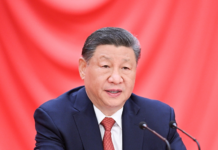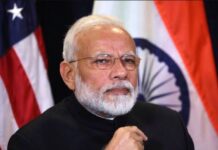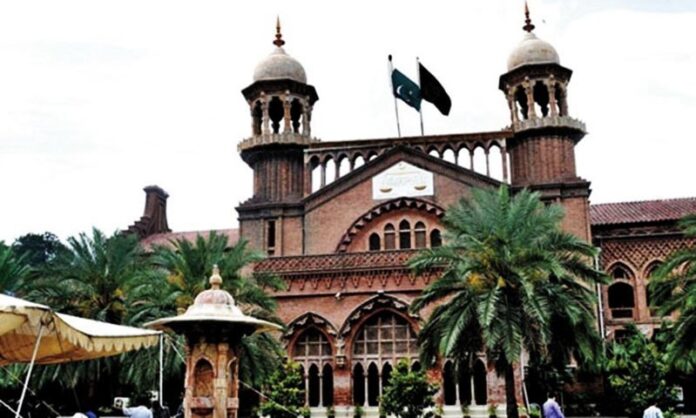The judicial commission on October 12 convened its meeting to confirm the appointments of justices of the Lahore High Court. All but two were confirmed. The decision to drop the names of the two judges, particularly that of Mr Shan Gul, has invited some ire from the legal community. Understandably so. What is the criterion against which the names of two judges were dropped and was the same yardstick applied to eleven others? We can only speculate!
Article 175A (2) read with subsection (5) provides for the composition of the judicial commission for the appointments of judges to the High Courts. It comprises the Chief Justice as chairperson and other members include the four most senior judges of the Supreme Court, Chief Justice of the concerned High Court along with the most senior judge of that High Court, a former retired Judge of the Supreme Court, Federal Minister for Law and Justice, Attorney General for Pakistan, a senior advocate of the Supreme Court, provincial law minister and an advocate having not less than 15 years practice in the High Court.
The Constitution allows for the Commission to frame rules to regulate its procedure. The Judicial Commission of Pakistan Rules, 2010 pursuant to rule 5(4), state that the proceedings of the commission are to be held in camera. The rules framed by the Commission do appear to go beyond the mandate provided by the framers. In camera proceedings are a major affront to both transparency and accountability of the Commission. Further, and this is where things get interesting, the Commission creates a power for the chairperson to “relax strict application of these rules in public interest.” The sole arbiter on adjudication of public interest is naturally the chairperson himself or herself. The absolute power to relax the rules should not feature in our legal texts any longer – whether it’s a primacy or a secondary legislation.
Dialing back to Mr Gul. Educated at Aitchison (and we forgive him for it), Government College, Lahore and Cambridge– he was, as aptly put by a friend, perhaps the most exciting prospect we had seen in recent years on the bench. He held multiple positions at the Advocate General’s Office and worked with multiple governments – including the PPP, PML(N), PML(Q) and PTI– all retained him on merit at the Advocate General’s office. Having graduated with a distinction from Cambridge, Mr Gul taught public law for years. His students and former colleagues hold him in high regard especially for his insight on both constitutional and administrative law.
Mr Gul, son of a former Test cricketer, Aftab Gul, remained prolific on the bench too. In his 16 months stint at the bench, he disposed of more than 8000 cases and has 86 reported judgments to his name. He has authored several landmark opinions. His judgments dilate on the issues of deference in criminal matters, rights of citizens under the citizenship laws and corresponding obligations of NADRA, expand on issues of justiciability as well as emphasize on liberal and non-discriminatory interpretation of beneficial legislations or statutes in service laws, and on the right to hold majalis under Article 20 of the Constitution,. to name a few. He remained one of the few judges who always pegged his opinions under the relevant provisions of the Constitution, and at no stage of his opinions, lost sight of the scope or contours of the different writs the Court had been asked to issue.
The Constitution from the plain reading, does not provide for any additional protocol to be adhered to for the confirmation of the judges who are once appointed under Article 175A. There is no concept of probation, so to speak, provided in our Constitution. A confirmed judge may only be removed, if he or she does not resign, under Article 206, through the Supreme Judicial Council pursuant to Article 209
These numbers are better than most of the confirmed judges on our high courts who have been serving for years, let alone those who are up for confirmation alongside him. At any rate, the Constitution from the plain reading, does not provide for any additional protocol to be adhered to for the confirmation of the judges who are once appointed under Article 175A. There is no concept of probation, so to speak, provided in our Constitution. A confirmed judge may only be removed, if he or she does not resign, under Article 206, through the Supreme Judicial Council pursuant to Article 209.
The Supreme Court Bar Association in its press release of October 14 recorded its concerns on the decision of the Commission in dropping the two names and implored the Commission to reconsider its decision– it remains to be seen whether Judicial Commission reconsiders or if the parliamentary committee intervenes in it.
Regardless, the dropping of Mr Gul’s name from the list of confirmed judges, does corrode the confidence one may have earlier reposed in the veiled process adopted by the Commission. Just the fact that the legal fraternity has criticized the decision shows that there is little faith in the deliberations that took place– and that alone is sufficient for the aging institution that our Supreme Court is, to reconcile with the modern world and get in touch with today’s realities. For starters, make the process more transparent going forward and remove the perception of arbitrariness.
As kids we grew up hearing legends about Father Scanlon’s fairness. Once, after a pupil failed his exam, his family came to school and asked Father Scanlon to pass him regardless. He responded by telling the family to please take out the fuel from their car, burn down Burn Hall, construct a new Burn Hall, and only then their son could continue at the school. Embedded in secrecy, scandalized by flirting with political thicket, buried under heaps of pending matters and mired perceptions of arbitrariness; I wonder what he would have said today looking at the sprawling and magnificent edifice of our Supreme Court…























